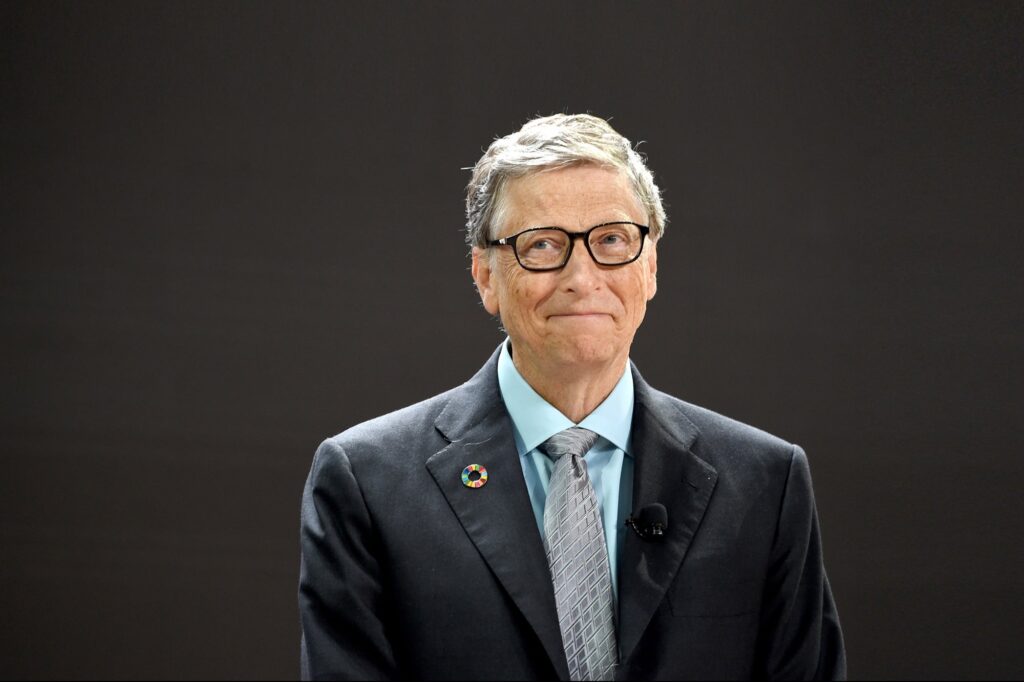Bill Gates Highlights Massive 40% Drop in Projected CO₂ Emissions

In a LinkedIn post published yesterday, Microsoft co-founder and climate investor Bill Gates shared an optimistic update on global energy-related CO₂ emissions that challenges much of the prevailing doom-and-gloom narrative.
The key graphic Gates posted tells the story clearly:
- In 2014, the International Energy Agency (IEA) projected that, under then-current policies, the world would be emitting roughly 50 billion tons (50 Gt) of energy-related CO₂ per year by 2040.
- The IEA’s latest 2024 assessment, using the same “current policies” framework, now puts that 2040 figure at just 29 Gt — a stunning 42% reduction in the expected emissions trajectory in only one decade of forecasting updates.
“In 2014, the world was on track to emit 50 billion tons of CO₂ by 2040. Now, that projection is down to 30 billion. We still have a long way to go, but innovation is helping us close the gap,” Gates wrote. “That’s why I’m focused on backing breakthroughs that can get us to net zero faster.”
Why the projections collapsed so dramatically
The 21 Gt drop isn’t primarily from economic stagnation or de-industrialization — global energy demand has continued to rise. Instead, the revised outlook reflects an avalanche of real-world technological deployment that consistently outpaced even the IEA’s earlier “stated policies” scenarios:
- Solar PV costs fell ~89% and wind ~70% since 2010
- Battery prices dropped >90% in the same period
- LED lighting, heat pumps, and efficiency gains across industry quietly slashed demand growth
- Nuclear fleet expansions in China, India, South Korea, and new small modular reactor programs
- Rapid electrification of transport (EVs went from <1% to ~18% global market share in just a few years)
These aren’t hypothetical future breakthroughs — they are technologies that have already been deployed at scale, forcing the IEA to repeatedly ratchet down its emissions forecasts year after year.
RELATED ARTICLE: Billionaire Bill Gates Urges Climate Policy Rethink Ahead of COP30 in Brazil
The bigger picture Gates is pointing to
While 29 Gt in 2040 is still far above the ~0 Gt needed for net-zero, the fact that business-as-usual projections have been cut nearly in half in just ten years demonstrates that the energy transition is moving much faster than most policymakers and activists acknowledge.
Bill Gates’ core message is straightforward: innovation bends the curve. The cheapest and fastest way to close the remaining gap isn’t through austerity or degrowth, but through continued aggressive investment in next-generation clean technologies — advanced nuclear, grid-scale storage, green hydrogen, carbon capture, geothermal, and more.
As he puts it, “We still have a long way to go, but innovation is helping us close the gap.”
In a world often saturated with climate despair, Gates just provided a data-driven reminder that human ingenuity is, in fact, the most powerful resource we have.












